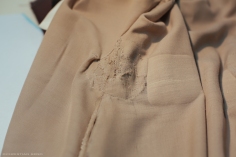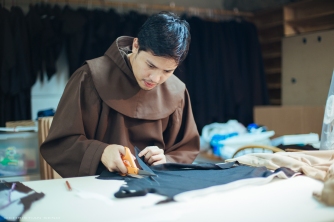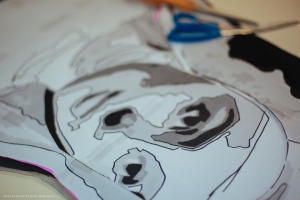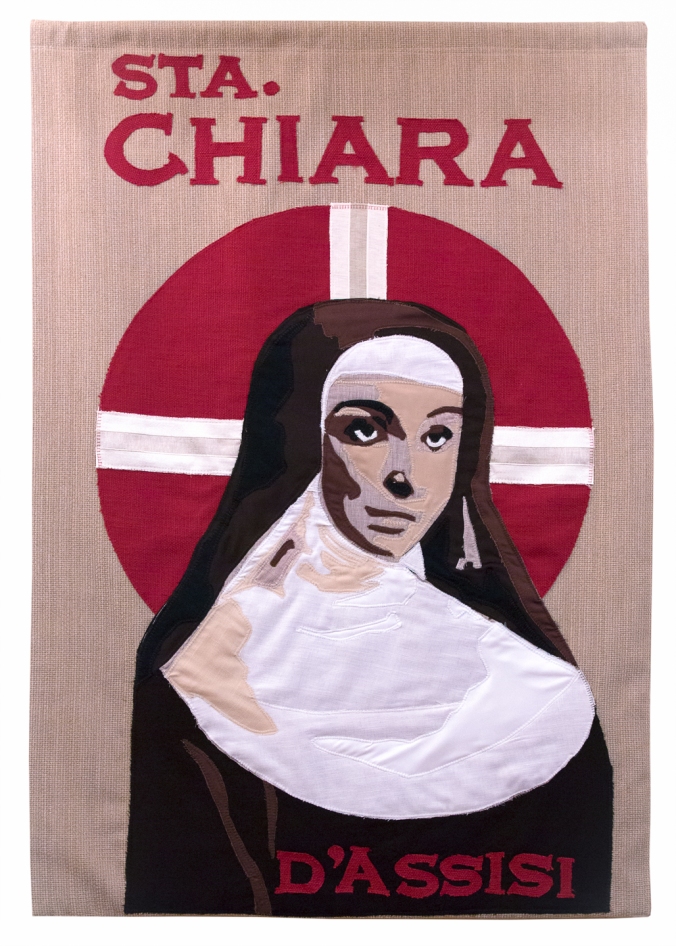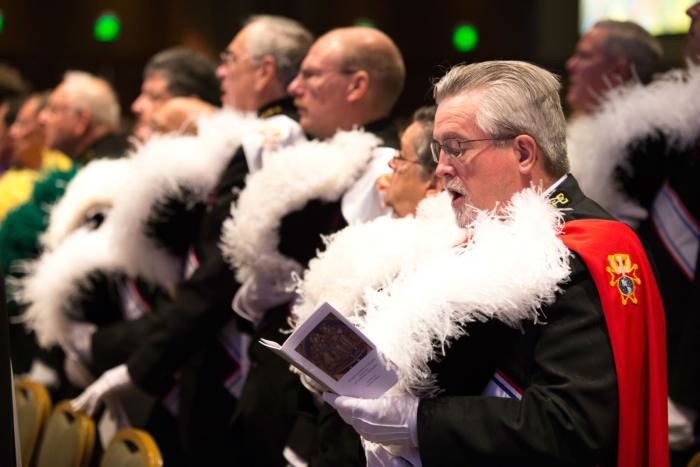
Sometimes, perception and reality are not the same
Perception and reality are two things that do not always match up. Sometimes, what we see is not exactly what is actually there but rather the projection of our own experience: when we encounter something that is unfamiliar to us, we tap our memory for information that could fill in the blanks to make sense of what we're seeing. And who can blame us? Given our limited worldview, we simply cannot know everything, and our mind makes great inferences, projections, and connections between what we see and what we know to help us navigate the unknown world.
Because of this, even though what we are perceiving is not the exact objective reality outside of our minds, it is in a very real sense reality. What we perceive, although potentially factually or perceptually incorrect, is a very real experience to us and our worldview. What we experience is what we will think of the world, what we will bring to new situations, and how we will engage new situations. In a very real sense, then, no matter what the actual, objective, outside-the-mind experience really is, our perception is our reality.
I say all of this as a background to the real questions of discernment we face every day as Franciscan Friars: as a radically countercultural and commonly misunderstood people, should we care about the way we are perceived, and, if those perceptions are negative, should we change how we act so as to not create scandal among the misinformed? In other words, if people aren't going to naturally understand what we're trying to say, should we give up and change our message, or should we struggle through ignorance to teach them?
The most obvious example of this is our attire. While wearing my habit I have been confused as a monk, a Jedi, a Moses impersonator, and an actor in a medieval play, while others have been confused as being Muslim, working for UPS, or someone early for Halloween. While there are some that immediately recognize me as a friar, many more are confused (and one can only imagine the conclusions that have not been expressed to us.) Do I avoid wearing my habit because perception is reality and I am promoting an incorrect reality for some, or do I use it as a chance to educate people that their perception is not in fact reality?
Another situation that comes up for me a lot, and admittedly is the inspiration for this post, is golfing as a friar. On more than one occasion I have been looked on with judgmental eyes and given some comment about my lack of poverty when I say that I golf. For me, there is no disconnect between being a friar and a golfer: I have discount clubs, I play on cheap public courses during off hours usually running me about 15-25 dollars to play, and I play only once or twice a month. For me, it is exercise in a beautiful environment, and when I'm not swearing at my ball, it is generally a relaxing, social, prayerful experience. Knowing this, and also knowing how others with a "vow of poverty" spend their money, I pushed one of my brothers on it one day. Turns out, his perception of golf was a country club atmosphere in which women and minorities weren't really welcomed, where caddies carried the golfers' clubs, and it cost $50 or more to play. His perception was not the actual reality in which I lived, and yet, until properly explained, his perception would have been a very difficult reality for him to reconcile with being a friar. Given his perception, I completely understand his judgment. So, because situations like this that go unexplained, do I give up golf because of the scandal it could bring to the misinformed believing perception to be reality, or do I go on defending myself on a person-to-person basis because perception is not in fact reality?
To muddy the discussion even further, I have one last case of misconception. Let's say that there is a child all alone walking down a street at night in, let's say, a neighborhood that you would expect to find friars. Upon seeing this, the "right" thing to do would be to approach the child, ask where his/her parents are, and offer to give the child a ride home for the sake of safety. Clearly a child should not be walking the streets at night and as a religious person, it is good to protect our children. No foul play is even thought of in the situation. What happens, then, when an outsider witnesses the child getting into Brother X's car, alone, late at night? "What is that child doing all alone with that priest? Where is he taking him/her?" Because perception is a form of reality, assumptions and accusations will inevitably ensue despite an actual reality contrary to the observer's perception. This is a very, very bad situation that, despite it's complete disconnect from reality, is something that needs to be avoided at all costs.
And so I ask again: as a radically countercultural and commonly misunderstood people, should we care about the way we are perceived, and, if those perceptions are negative, should we change how we act so as to not create scandal among the misinformed?
Given my examples, I think that it's clear that there is no easy way to answer this question. In one sense, we are public people in charge of caring for many; to not care about how we are being perceived would make us very ineffective at what we do. On the other hand, what we do is very countercultural and largely misunderstood by those we serve; to serve them in a way that they expect or feel comfortable with would be to do them a great disservice because it is the very things that they do not understand that we have to offer them.
At this point in my friar life, my answer is that there is always room for more transparency and evangelization, but that not every situation is it likely to yield positive changes in perceptions. People may not understand us now, and there's a good chance that there will always be a large portion of the population that remains in ignorance, but think about all the people that could be enlightened if we wear our habit almost everywhere, if we talk about our fraternities in our homilies, if we invite people over to our house for prayer and dinner, if we open ourselves up to be transparent, public people, willing to share our lives with the world. Maybe we don't go as Br. Casey to the liquor store or golf course; maybe there are times when it is much more pastoral to blend in than it is to stand apart; maybe there are times we act more like the expectation of our congregation than the way we do in our friaries because people are not ready to see 25 year old, real-human-being Casey, they want pious, well-behaved Br. Casey. Point taken: even though there is nothing wrong with any of these things, there is a time and a place for effective evangelization.That being said, without talking early and often about our lives, people willmisunderstand the habit, will misunderstand our fraternities, will misunderstand our hobbies, and will misunderstand why we do what we do.
But it's worse than that. If our concern for how we are perceived or really, our fear of being misperceived, becomes so great that it discourages us from public action, there is a great possibility that we will not be perceived at all. This, I say, is an actual reality we cannot ignore.
